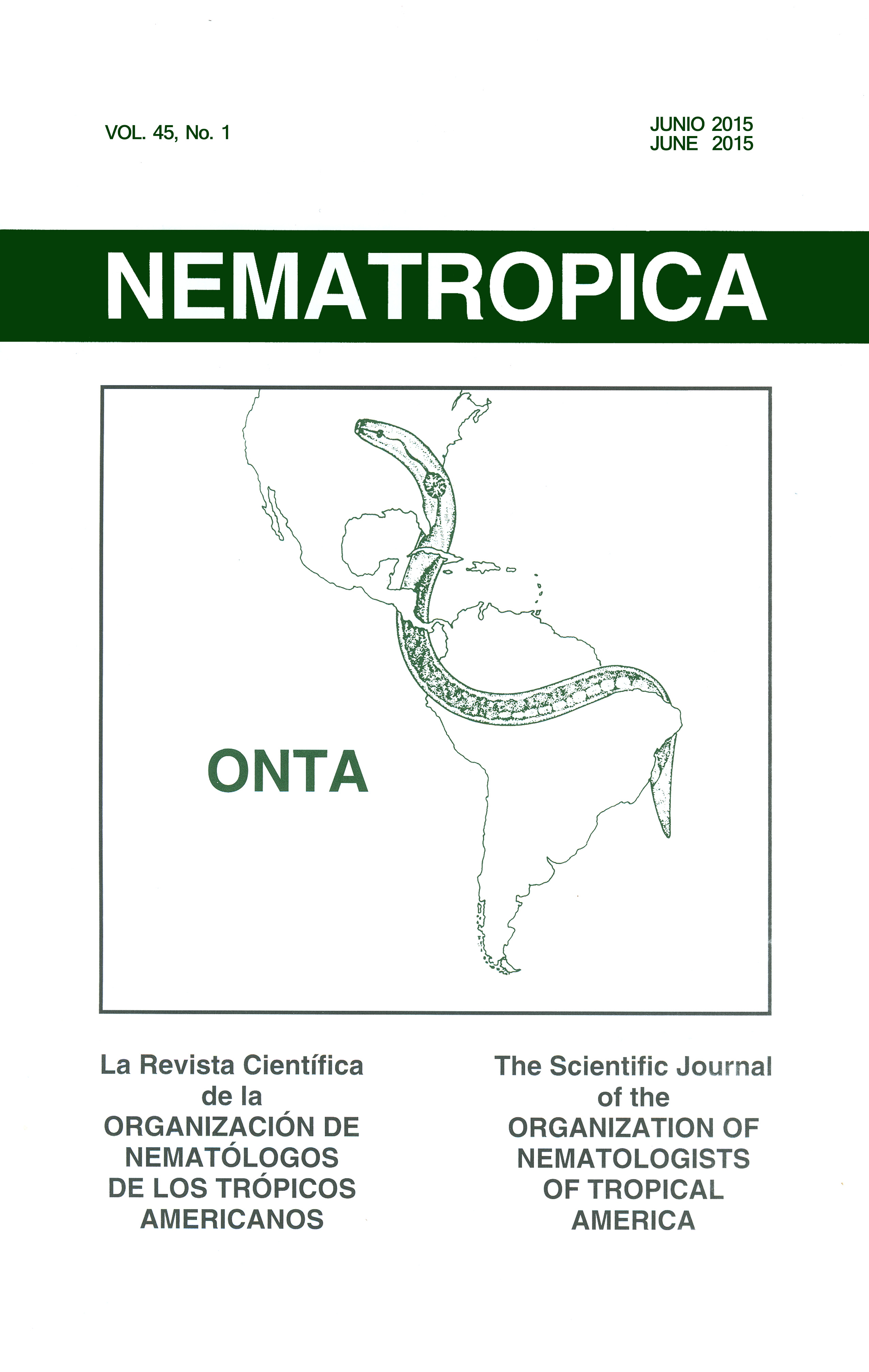FIRST COMPREHENSIVE MOLECULAR AND MORPHOLOGICAL IDENTIFICATION OF THE RAT LUNGWORM, ANGIOSTRONGYLUS CANTONENSISCHEN, 1935 (NEMATODA: STRONGYLIDA: METASTRONGYLIDA) IN ASSOCIATION WITH THE GIANT AFRICAN SNAIL, LISSACHATINA FULICA(BOWDICH, 1822) (GASTROP
Keywords:
invasive snail, mechanical maceration, molecular analyses, morphology, morphometrics, nematode parasite of vertebrates, Q-PCR, regulatory programs, sieving methodAbstract
A survey for the rat lungworm, Angiostrongylus cantonensis, a nematode parasite of rats and potentially injurious to humans, was conducted in Florida in 2011-2013 in concomitance with an eradication program of the giant African snail, Lissachatina fulica, an invasive snail recently found in southern Florida. Twenty-four percent of the giant African snail samples examined were infested by the coiled second- and infective thirdstage juveniles of the nematode. These life stages embedded in or dislodged from comminuted snail tissue in
water were detected using both molecular quantitative real-time polymerase chain reaction and morphological analyses. Nematode recovery from snail tissues was greater when both methods were concomitantly used on
tissue samples from the same giant African snail specimen. More rat lungworms were extracted from the mantel than from the foot tissues of nematode-infested snails. The results of these analyses were validated by the Centers for Disease Control and Prevention in Atlanta, GA. To our knowledge, this is the first identification of the juveniles of A. cantonensisinfecting L. fulicamade in Florida using integrated morphological and molecular analyses.

